
ENTER THE OV-10 SQUADRON (BY MICHAEL O’LEARY)
“As a kid, I went to the El Toro Marine Corps airshows with my dad and that is where I saw my first Bronco,” said entrepreneur Mike Manclark. “I guess I sort of fell in love with the OV-10 but, of course, I had absolutely zero idea that I would now be in the position to own a fleet of Broncos.” Manclark would grow up, become a pilot, and go on to become an extremely successful businessman. However, those OV-10s were always in the back of his mind. This would lead to his discovery of a fleet of neglected OV-10 airframes sitting in the open in a Texas field. An idea was sparked and Manclark became the owner of seven Broncos that were in need of lots of care. “I knew these aircraft represented an incredible history of Americans in combat all around the globe.
Each plane could tell amazing stories of heroism in the threat of adversity.” Walking among the derelict airframes, Manclark started to formulate a plan — why not create an entire flying squadron of Broncos? These aircraft could then be used as flying memorials for the public to enjoy and learn from. Manclark contacted Matt Nightingale of California Aerofab at Chino Airport. Nightingale is a familiar figure in the pages of Air Classics because he and his company are responsible for some of the finest Warbird restorations to take to the air in recent years. The OV-10s were trucked to Chino beginning on 4 January 2018 for a 1300-mile road trip from the National Vietnam War Museum in Mineral Wells, Texas, and Matt and Mike began planning, and planning, and planning. Manclark is not one to sit still — he wanted an OV-10 back in the air and he wanted to do it as quickly as possible, much in the manner that North American created the original Bronco. Matt and his team jumped on the first plane and in an incredible 18 months, the restored OV-10D+ took to the air on 18 July 2019. This particular aircraft has served with VAL-4 — the Black Ponies — and two of its original pilots were on hand to witness the flight. An elated Manclark watched the OV-10 climb into the Chino sky and said, “The largest OV-10 restoration project in the world is now celebrating its first big win as the first of an entire squadron takes flight. I just can’t think of a better way to honor, respect, and protect the legacy of our veterans than by keeping their stories alive through flight.” In a project of such complexity, it was not surprising that Manclark’s new OV-10 Squadron not only kept growing but also began to find new missions for the Bronco. “It is just amazing,” stated Nightingale “we would get more and more veterans coming by our hangars to see the planes. Each one of these guys had great stories to tell and that is where Mike Manclark began to carefully record the history of each Bronco and match the veterans with his collection of OV-10s. I was surprised by the deep affection the pilots and crews held for the OV-10. They flew under harsh and dangerous conditions but their stories were never really told.” Restoration continued on the other airframes while Manclark carried out a search for Bronco parts. He not only found parts and engines — he also found more airframes. Even though a relatively small number of Broncos was originally built, the airframes were in such demand that they were constantly modified and upgraded to perform new missions.
 There was even consideration of putting the type back into production. Even today, one company is fielding plans to produce an entirely new aircraft that is based on the Bronco design. Manclark soon found out that there was a new demand for his fleet of veteran warriors. James “Chef” Barlow flew A-10 Thunderbolt IIs in the USAF and through his extensive flight experience, he saw a need for a more in-depth, hands-on Close Air Support (CAS) training program. In today’s combat environment, CAS operators on the ground are an essential component in winning any conflict where timely and accurate CAS missions are required. With his wife Gretchen, Chef began to sketch out plans for a new company — Blue Air Training. With their company, the pair planned to bring cost-effective CAS training to the market. With Chef’s extensive experience (he was the first fighter pilot since the Vietnam War to fly 100 combat missions in a single tour) and drive, the plan quickly came together. (As an aside, we had a chance to fly a mission with Chef while he was still flying with the USAF. We were in Arizona to photograph a number of aircraft — one of which was a MiG 17. Chef came along in the Baron and he instantly picked out the MiG 17 as it was slipping through some desert canyons far below us. All that A-10 CAS experience and his incredible eyesight beat both pilot Tim Hutchinson and myself in finding the MiG.) Chef knew he needed a strong team so he went to the guys he knew best — his fellow USAF fighter pilots. Many of his friends had finished their USAF commitments and were moving on to new careers in the airlines and other fields.
There was even consideration of putting the type back into production. Even today, one company is fielding plans to produce an entirely new aircraft that is based on the Bronco design. Manclark soon found out that there was a new demand for his fleet of veteran warriors. James “Chef” Barlow flew A-10 Thunderbolt IIs in the USAF and through his extensive flight experience, he saw a need for a more in-depth, hands-on Close Air Support (CAS) training program. In today’s combat environment, CAS operators on the ground are an essential component in winning any conflict where timely and accurate CAS missions are required. With his wife Gretchen, Chef began to sketch out plans for a new company — Blue Air Training. With their company, the pair planned to bring cost-effective CAS training to the market. With Chef’s extensive experience (he was the first fighter pilot since the Vietnam War to fly 100 combat missions in a single tour) and drive, the plan quickly came together. (As an aside, we had a chance to fly a mission with Chef while he was still flying with the USAF. We were in Arizona to photograph a number of aircraft — one of which was a MiG 17. Chef came along in the Baron and he instantly picked out the MiG 17 as it was slipping through some desert canyons far below us. All that A-10 CAS experience and his incredible eyesight beat both pilot Tim Hutchinson and myself in finding the MiG.) Chef knew he needed a strong team so he went to the guys he knew best — his fellow USAF fighter pilots. Many of his friends had finished their USAF commitments and were moving on to new careers in the airlines and other fields.
Chef knew he could offer them the excitement of military-style flying while providing services vitally needed by their country. Blue Air Training quickly began gathering contracts and the team began to grow — the finest fighter pilots, controllers, and maintainers had come together to provide the most realistic training outside of actual combat. It was a program that would also save the American taxpayer a huge amount of money. Obviously, a fleet of aircraft would have to be assembled and that is where Barlow and Manclark came together. Chef knew the OV-10 was an ideal machine for his training program — a program that is now composed of over 100 team members and over 20 aircraft that are preparing American airmen and soldiers for the battlefield. Blue Air Training is the first fully weaponized, civilian-owned training air force that operates hand-in-hand with the USAF. Soon, OV-10s were wearing the distinctive insignia of Blue Air Training. The USAF has approved Blue Air as the only company to employ live weapons of its fleet of aircraft and helicopters. Chef recently said, “As a career A-10 pilot, I’ve always had a tremendous respect and appreciation for the OV-10 Bronco. Its unique look and mission- focused design rings true in my heart. In our configuration — eight bombs, seven rockets, 2000 rounds, FLIR, and LINK-16 — there is no wonder why this aircraft was selected to take the fight to ISIS [in the Philippines]. For those very reasons, the seven OV-10D+ and OV-10G Broncos we are adding to the Blue Air Close Air Support fleet are undeniably the best JTAC training platform in the air — anywhere!” In just a few short years it is intriguing how the talent and drive of three individuals — Mike Manclark, James “Chef” Barlow, and Matt Nightingale — have come together to return a fleet of classic American military aircraft to the sky. Through the OV-10 Squadron, we have Warbird Broncos honoring the victories and sacrifices of America’s fighting men; with Blue Air Training we have combat-ready OV-10s instructing a new generation of warriors in a manner that will save the American taxpayer huge sums; while California Aerofab has assembled a team that will keep returning more and more Broncos to the sky. As Mike Manclark recently stated, “Stay tuned — there’s a lot more to come!”
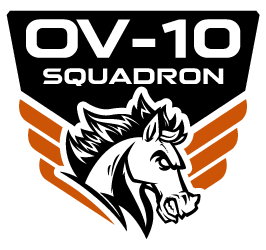






















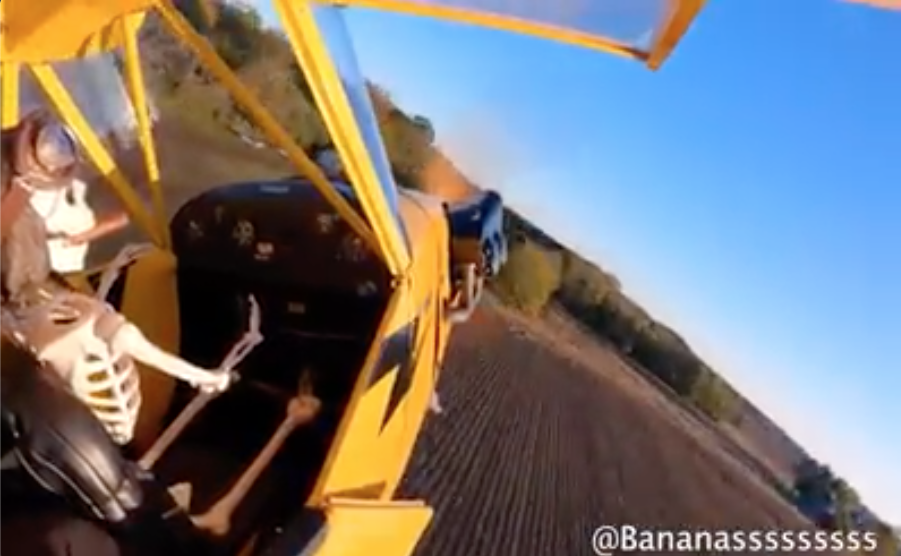
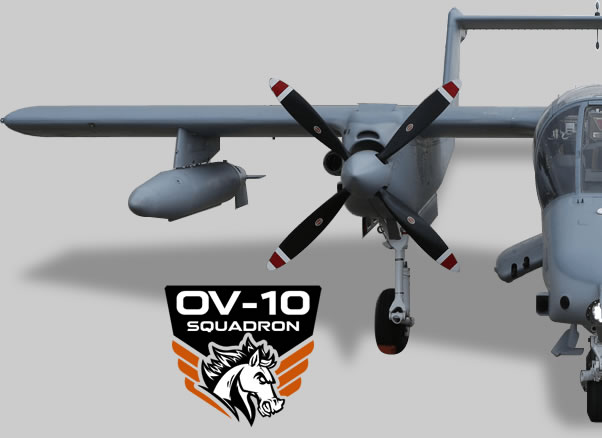


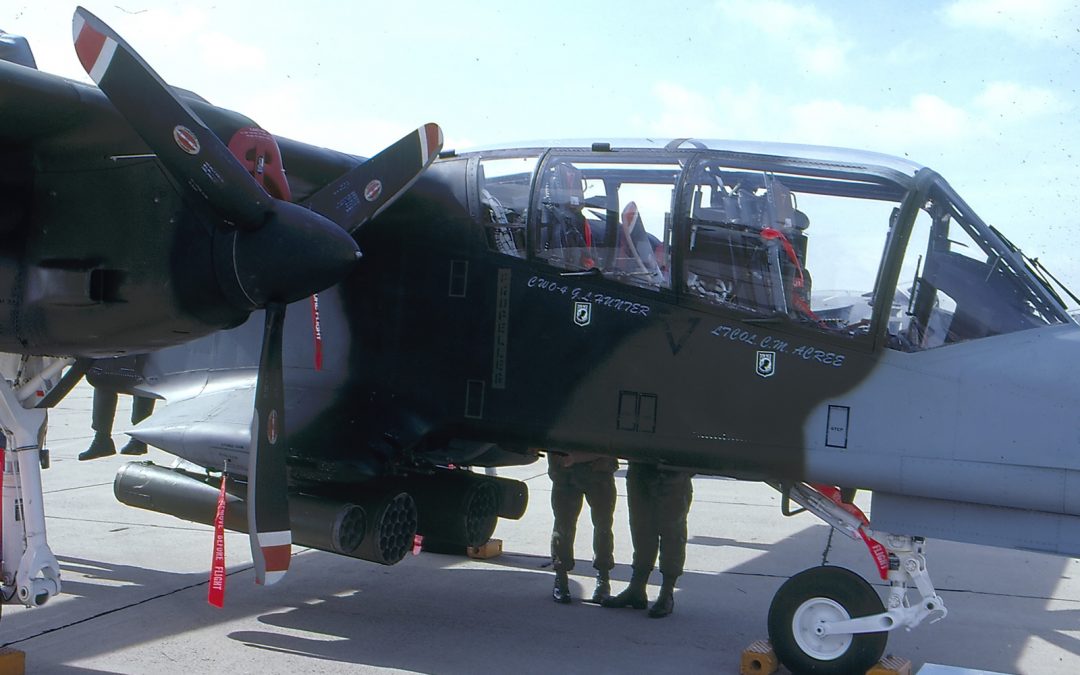
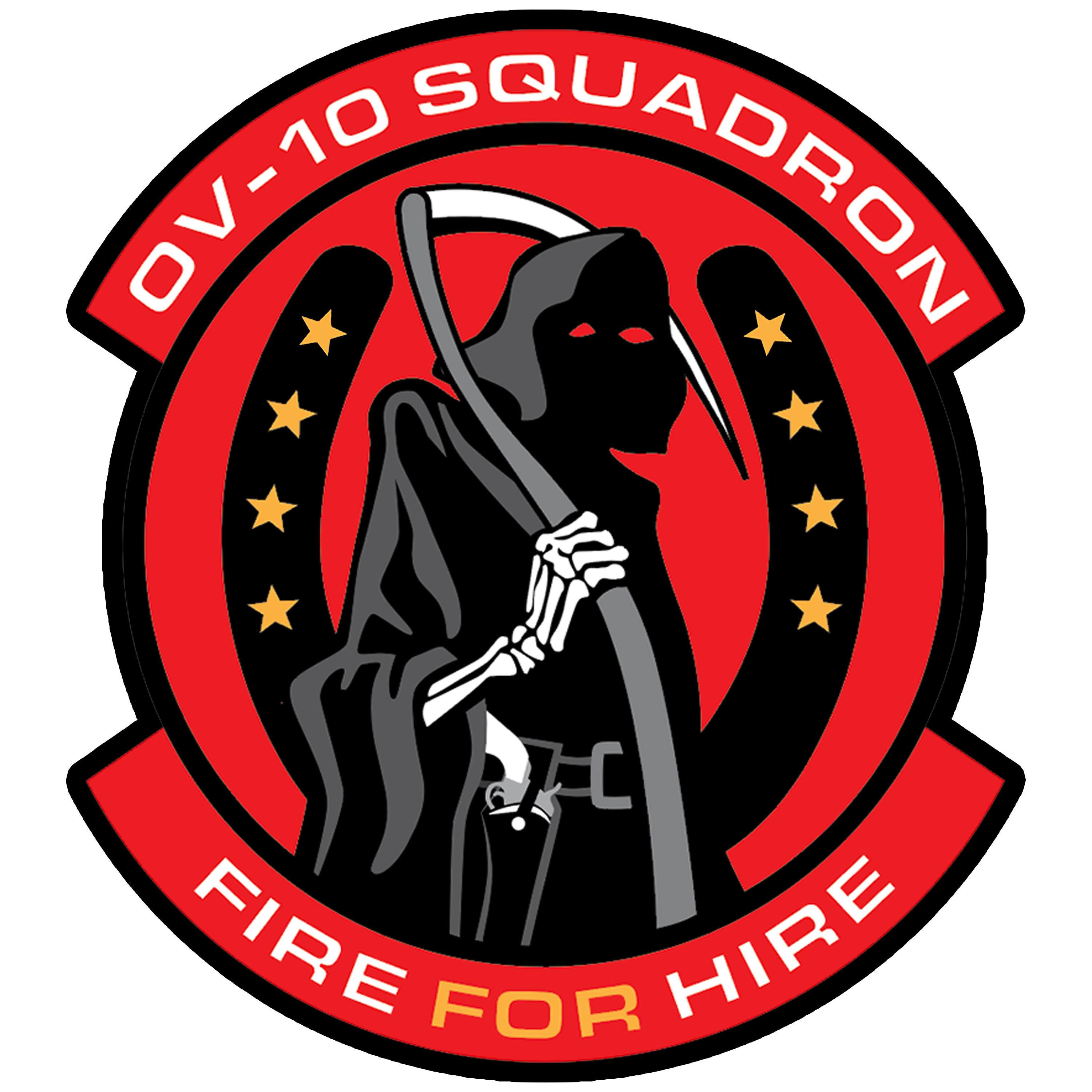
Recent Comments